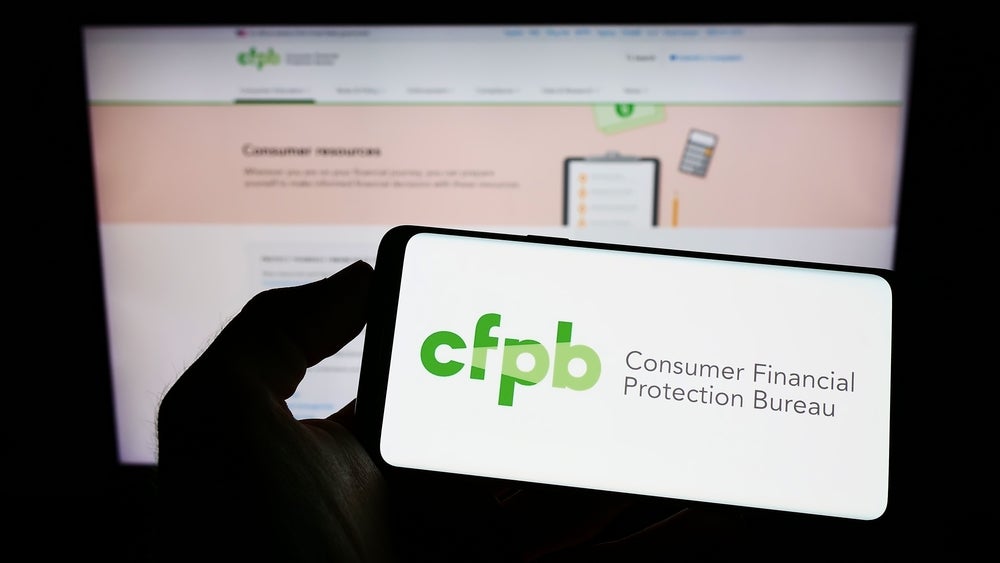
Presenting the biggest challenge to global mortgage markets since the 2008 financial crisis. mortgage markets since the 2008 financial crisis. Mohamed Dabo on the specific struggles experienced by mortgage lenders amid the pandemic
Some of the market challenges will be temporary and short-term, while others will create seismic shifts that take years to overcome, such as fundamental changes to credit risk profiles.
These operational and financial challenges represent an opportunity for lenders that are able to break the inertia of business models and adapt at a rapid pace. In the immediate term, lenders have had to shift focus from past priorities and projects to deliver organisation-wide responses to Covid-19.
Change in market-facing activities
This has required a change in marketfacing activities and, often, a reallocation of employees and resources. For example, National Australia Bank (NAB), Australia’s third-largest mortgage lender, announced that it will stop work on about 100 projects almost immediately as it focuses on addressing a significant rise in customer inquiries.
The bank has reported that it is continuing only those projects that are essential to its survival, including ones related to system resilience, digital access, the provision of credit, and providing relief for employees at the front line. Many customer inquiries have been originating from elderly customers who need additional support in light of branch closures. As a result, NAB has been challenged to proactively call a vast number of these customers to help them transition from passbooks to online and digital banking.
Customer relief requests
In response to borrower challenges and government-mandated deferral programs, many lenders are facing large volumes of customer relief requests that require adequate operational capacity and flexibility.
How well do you really know your competitors?
Access the most comprehensive Company Profiles on the market, powered by GlobalData. Save hours of research. Gain competitive edge.

Thank you!
Your download email will arrive shortly
Not ready to buy yet? Download a free sample
We are confident about the unique quality of our Company Profiles. However, we want you to make the most beneficial decision for your business, so we offer a free sample that you can download by submitting the below form
By GlobalDataIn Italy, the federal government decreed that Italian banks must give borrowers the option to suspend payments on mortgages and other eligible outstanding loans. Banks were required by law to inform borrowers, by the end of March, about their right to payment suspensions.
At the same time, banks are also being challenged to prevent SME customers from defaulting on debts, given their relative importance in the Italian economy. Across households and companies, UniCredit, Italy’s largest bank in terms of assets, stated that it has received more than 100,000 requests for moratoriums on outstanding loans worth €10bn ($11.8bn). Although the government is providing assistance to lenders, and banks can likely weather a short-term disruption, Moody’s warns that “a prolonged outbreak would have a more severe impact on both loan quality and profitability.”
Continued uncertainty
Going forward, companies are faced with continued uncertainty of social and economic conditions, and of the implications for consumer credit health.
They are recognising the need to prepare for shifting customer needs and an ongoing increase in the number of requests. To manage the increased operational burden, several Canadian banks have materially accelerated the design, approval, mobilisation, and delivery of new solutions to address these concerns. For example, Royal Bank of Canada has quickly shifted to respond to the current situation by retraining its staff to
build customised relief plans for customers facing severe financial hardship.
As executives pivot from responding to this crisis to thinking about how they will recover and thrive, leading mortgage lenders will take the lessons learned from it to rethink transformation delivery, businessmodel innovation, and their overall strategic positioning.
Lenders’ response to the crisis
The actions taken by institutions fall under three general themes: responding to influxes of volume, managing and stabilising business risk, and positioning for recovery. These include efforts to adapt and improve their customer experiences, product shelves, temporary relief programs, operating models, cashflow and risk.
The bottom line
Covid-19 is having a significantly adverse effect on lenders globally, and there is a need for effective, multi-stakeholder responses in each region to help maintain the health of the global residential mortgage market.
Governments and lenders alike have undertaken an initial response: governments are leveraging their broad monetary, fiscal, and regulatory tools, and lenders are executing policies across internal operations, customer processes, and risk management to handle the challenges of this crisis. This response is only the beginning of the impact that Covid-19 will have on mortgage markets.
Executive attention, and indeed future iterations of this research, will need to turn to recovery and what the next six to 12 months will look like. Significant uncertainty remains over how the world will evolve, including uncertainty over:
- The epidemiological curve of the pandemic (e.g., duration, ongoing severity, potential for follow-on infection, etc.);
- The macroeconomic conditions of recovery, including future credit conditions, portfolio risk, and consumer demand;
- The evolution of governments’ and central banks’ responses, particularly as the initial public-sector response programs expire.
What is becoming clear is that returning to the ‘old way’ of working is not an option. Winning mortgage lenders will look to take advantage of growth opportunities even in this uncertain market. Lenders will need to place smart bets and reassess their competitive positions, their operating models and their ecosystem relationships.







